‘Taking time off to stare out of the window, go on a walk or do a simple chore before creating is similar to natural processes: seeds need time to germinate and winter days are just as important as the abundance of summer.’
Mirjam Gielen
The word ‘organic’ epitomises not only the textile work of Netherlands’ artist Mirjam Gielen but also something innate in her soul.
Mirjam had been put off textiles at school by critical teachers who insisted on following ‘the rules’, and even her own family taught her that there was a right and a wrong way to do embroidery. So she became a children’s author. But, after a day of creating with words, her evenings were turned to experimenting with stitch, texture and pattern.
Today, her nature inspired crochet, felt works and embroideries – many on her own eco dyed and printed cloth – have led to large followings on Instagram, Etsy and Patreon where she shares her knowledge via e-books and tutorials.
Mirjam told us how the seasons are her inspiration and how seeing Sue Stone tie a knot in her thread was the epiphany that freed Mirjam from decades of embroidery restrictions.


Creating with joy
Mirjam Gielen: ‘It hasn’t been that long since I felt confident enough to call myself a textile artist. I learned many techniques in my youth, but I don’t have any formal training in the arts.
‘I create at home: our living room doubles as my workspace while our kitchen is frequently turned into a dye studio. I try to limit dyeing to moments when my family members are out, or I’ll dye in the garden when the weather allows – the smells from the dye pot aren’t always appreciated. Otherwise, my family is very supportive: they help me by editing my tutorials or providing inspiration with photographs and research. In that way my work is very much embedded in family life.
‘My main platform is social media, especially Instagram, and I like to connect and share with people around the world. I’ve participated in a few exhibitions but felt very much on display rather than connected to the visitors.

‘I use embroidery primarily but often combine it with eco printing and dyeing, crochet, felting and any other technique that helps to achieve the effect that I’m looking for.
‘Dyeing and printing with plants provides me with a stash of fabrics and threads that makes me feel like a child in a room full of wonderful toys with endless possibilities.’
‘I love experimentation and that often leads to new discoveries of how to use a certain material or technique.’


How did you become a textile artist?
‘My mother, grandmother and aunts always had some textile activity on the go. It could be knitting, embroidery, crochet or sewing, but also tatting or macramé. They invariably made things that were useful – clothing, tablecloths, lampshades. They wanted to make them as beautiful as possible and were always on the lookout for a new pattern or pretty yarn.
‘They showed me the joy of needlework but were also quite obedient to what they called ‘the rules’. At school I was often criticised for not working neatly enough. That might have been to do with the fact that I am left handed, but was forced to do all the crafts right handed. I was constantly chided and forced to undo my work. It left me with the idea that textile work could be great, but I just wasn’t good enough.
‘I kept creating on a modest scale, because the fun and satisfaction of making things with my own hands kept its appeal. The birth of my children stimulated that and I loved to craft for and with them.
‘I was an author of children’s books when they were young and I started to do some stitching or crochet after a day of juggling with words. I just played with colours and stitches as a relaxing downtime without much thought about results. And that was when the joy came back and I was able to create more freely. Slowly it grew into something more.’


Did you have a particular turning point or key moment that has influenced your art?
‘I had done some botanical dyeing with my mother, but that had been forgotten over the years. When I saw eco printed fabrics online and read a book by India Flint on the subject, something clicked and I started eco dyeing and printing myself. The fabrics I produced turned out to be the ideal basis for my stitches.
‘The eco prints feel like a magical world I can explore with my needle.’
‘Another pivotal moment came during a TextileArtist.org online course by Sue Stone. It was something really simple: she tied a knot in her thread before starting. I was aghast because ‘I’d been taught that tying knots was more or less a deadly sin! My grandmother used to say that the back of the work should be as neat as the front and knots had no place there.
‘Seeing a renowned textile artist like Sue Stone actually tying a knot was very freeing. It made me realise that I still had lots of rules in my head that were hampering my artistic freedom.
‘Sue’s style is very different from mine, but she still is a role model for me in her approach to textile art. It encouraged me to get rid of the last remnants of my harsh inner critic and enjoy the creative force of exploration and experimentation.’
Patterns, lines and structures
Can you tell us about the ethos behind your strapline ‘creating organic embroidery on eco printed fabric’?
‘Nature is important to me. Outdoors, I feel nourished and relaxed. There are so many fascinating and beautiful structures and phenomena in nature that provide inspiration.
‘I feel that textile work has a lot in common with organic processes. Stitches have their own characteristics that are like the genes that provide code for the stitch process. A French knot looks like a French knot and not like a seed stitch, just like a rose looks like a rose and not like a tulip. But then there are the influences that can steer the process in a multitude of directions, like the influences of soil, sun or rain in nature.
‘I can make my stitches small or big, dense or wide apart. They can be grouped together like a herd or wander around. They colonise the fabric in an organic way, growing slowly, stitch by stitch.’
‘Eco printing helps to get rid of the ‘blank page’ problem. It immediately provides an environment that can be explored with stitches. It invites intuitive stitching and a dialogue with the fabric.
‘Embroidery gives me direct contact with the fabric and I think that is why it is my preferred technique. But I don’t like to limit myself: crochet, for instance, can provide interesting and organic looking structures too. Recently felting has found a place in my practice, not only because it is such a delight to stitch on, but also because it can be three-dimensional, a new direction that I am exploring.’
Textile Artist: Our interview with Hilary Waters Fayle also explores Environmental Embroidery.


Looking at the planning and research process, how do you develop ideas for your work?
‘I use images that I take with my camera or that I find on the internet as an inspiration. I collect them on boards on Pinterest. My next step is often to draw in a sketchbook, not with the aim of designing my work in detail, but to get a hands-on feel for patterns, lines and structures. I also often make stitch samples before starting on a ‘for real’ work.
‘These stitch explorations have led to several sketchcloths as I like to call them; eco printed fabrics that get filled over time with all sorts of experiments. The free stitch play on those fabrics is appealing enough to blur the line between sample and art.
‘My focus is increasingly on the process rather than on the result. I can start out with a mix of inspiring images as a basis but once I get stitching, I let my intuition lead me and I might end up with something different from what I envisioned beforehand. And, when that leads to a ‘blah’ result, I don’t see that as a failure, but as a valuable lesson and a stage in my process.’
Botanical dyes, reclaimed materials
What fabrics, threads and/or other materials do you especially like to use in your work?
‘I want to have a practice that doesn’t contribute to the environmental issues that we face. Industrial dyeing of fabrics is one of the most polluting industries, and I don’t want to add to that if I can help it. Botanical dyeing is one of the solutions, but I also use reclaimed materials. I do sometimes buy new materials like goldwork threads though because I’m not looking to create a new inner critic that chides me for not being strict enough.
‘There’s a lot that can be found online, from shops that sell botanical dyestuff or organic linen to online market places where people ask a small price for their grandmother’s leftover stash. I once bought a large box of threads from a widower who proudly showed me all of his wife’s work. He was selling her stash to raise enough money to buy a piece of ceramic art for her grave. Every time I use her threads I remember how lovingly he talked about her. That’s the kind of added bonus that you don’t get with store bought items.’



What’s been your biggest challenge in creating your art, and how did you overcome that challenge?
‘I think the biggest challenge was to overcome self-doubt and self-critique. I was held back by old beliefs and musty rules. It helped me to realise that the harsh inner critic was frantically trying to keep me safe, safe from disappointment, ridicule or failure. Be perfect, it would say, or better still, don’t even try. It’s like an overprotective friend that hates to see you get hurt but also has a totally unrealistic estimate of the dangers.
‘I have found that many of the dangers that I feared are in fact non-existent. If a composition doesn’t work, I can undo things, add stitches, add an appliqué or simply try again. If I run out of steam it’s okay to rest for a bit – my mojo won’t get lost. I can’t lose what truly belongs to me and if it doesn’t truly belong to me, it’s okay to lose it. I have started to trust that, and it’s brought me lots of joy, in the work itself and in sharing it with others.’


Time and teaching
There’s never enough time to get everything done! So how do you organise your working week?
‘Wouldn’t it be wonderful if there were more than 24 hours in a day? But then I’d probably still discover that I didn’t have a drop to drink all morning or that it’s way past lunchtime. I can get completely engrossed in my work. On the other hand, working from home can lead to people thinking that you are always available. I’ve had to learn to let the phone ring and say no to invitations to go for a coffee when I’m working.
‘Creating classes and tutorials takes up a big part of my time nowadays. I love to teach, but I need to protect the amount of time spent on it. Social media can be another distraction. I try to take regular pauses while stitching, so as not to overtax my body by sitting in one position for too long, but I tend to fill that time by scrolling on my phone and, before I know it, I’m answering a question on Instagram, clicking on interesting links and reading messages from friends. Being self-employed means having a lot of freedom – I can take a walk whenever I feel like it – but it also requires quite a bit of self-management.
‘I have more than 57,000 followers on Instagram and a growing number of patrons on Patreon and that can lead to a feeling that I have to create interesting content all the time for all those lovely people. Textile work is often labour intensive and progress can be slow.
‘So I don’t always have something new to show. When I feel that pressure I take a deep breath and realise that those demands are just in my head. Nobody actually gets angry or hurt when I don’t produce constantly.
‘Taking time off to stare out of the window, go on a walk or do a simple chore is time well spent as it creates space for my brain to process inspiration and come up with new ideas.
‘This is also similar to natural processes: seeds need time to germinate and winter days are just as important as the abundance of summer.’


How do you think your work will evolve in the future?
‘Lately, I find that I’m drawn more and more to working three-dimensionally. It poses challenges that I’ve avoided for a long time, but now I feel ready to explore that. I’ve started with stitching on felt balls, but there are so many more possibilities that I’m excited to see where it leads me.’
Do you have one or two tips for makers?
‘My best tip would be to focus on the process. To enjoy the journey wherever it leads. If you see all your works as steps in an ongoing process, you become less afraid of failing. Failure doesn’t even exist. If you discover, for instance, that appliqué is not your thing or that you really shouldn’t have combined those two fabrics, that’s a lesson that will fuel your creative development just as much as any ‘successes’ will.
‘Another tip is to feel free to learn from others. Being inspired to try something you see someone else doing is not stealing ideas but a way of finding your own voice. Especially in textiles, we’re interconnected by a long tradition that spans many ages and cultures, and that always was and is the property of everyone. That said, it’s only fair to honour your sources of inspiration and give credit where it’s due.’

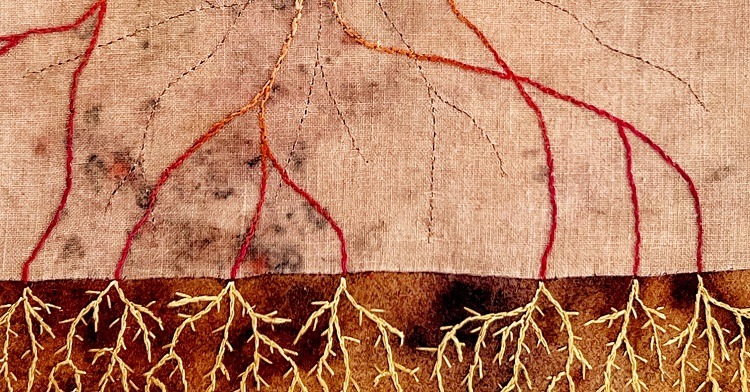
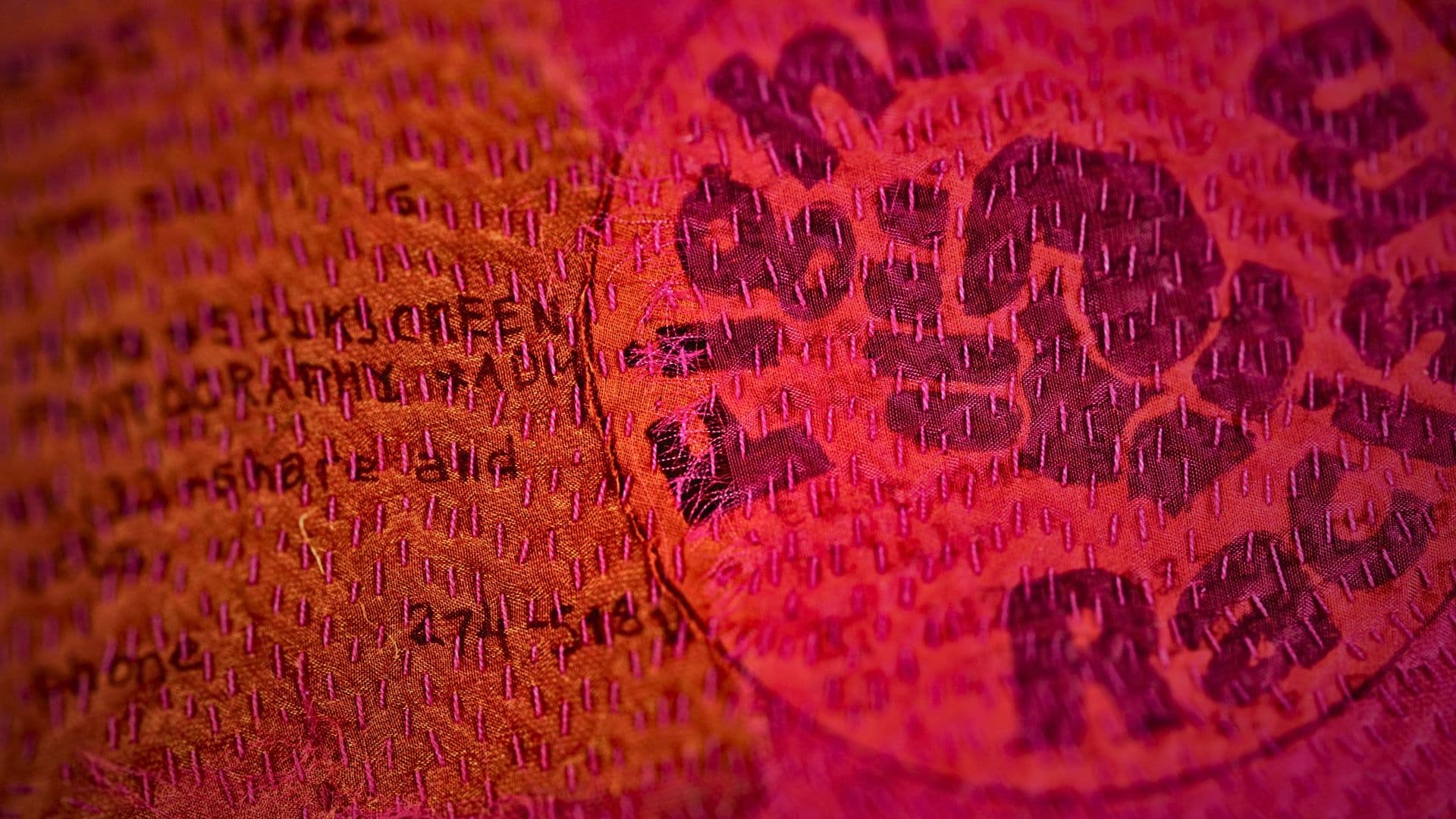
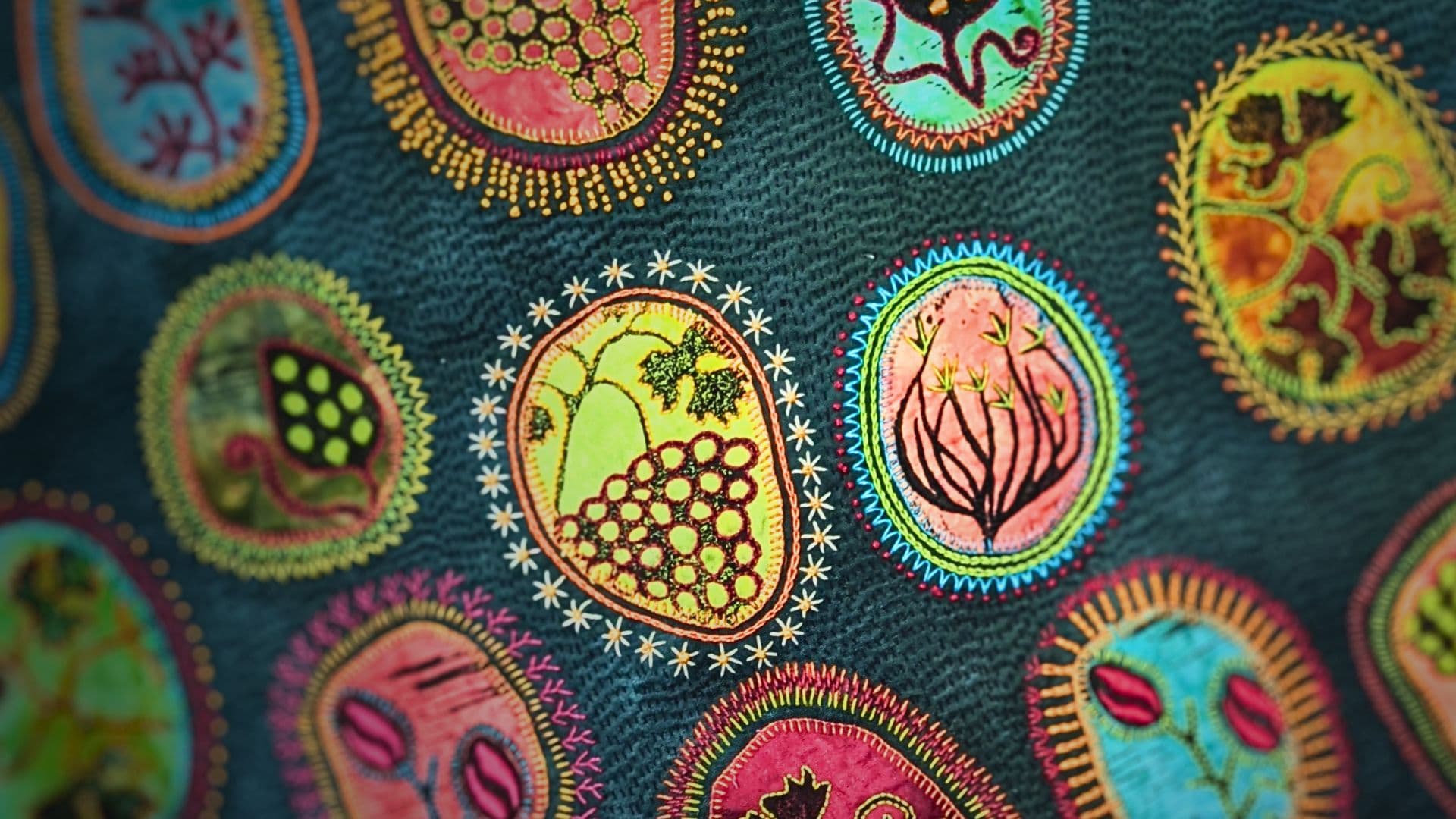
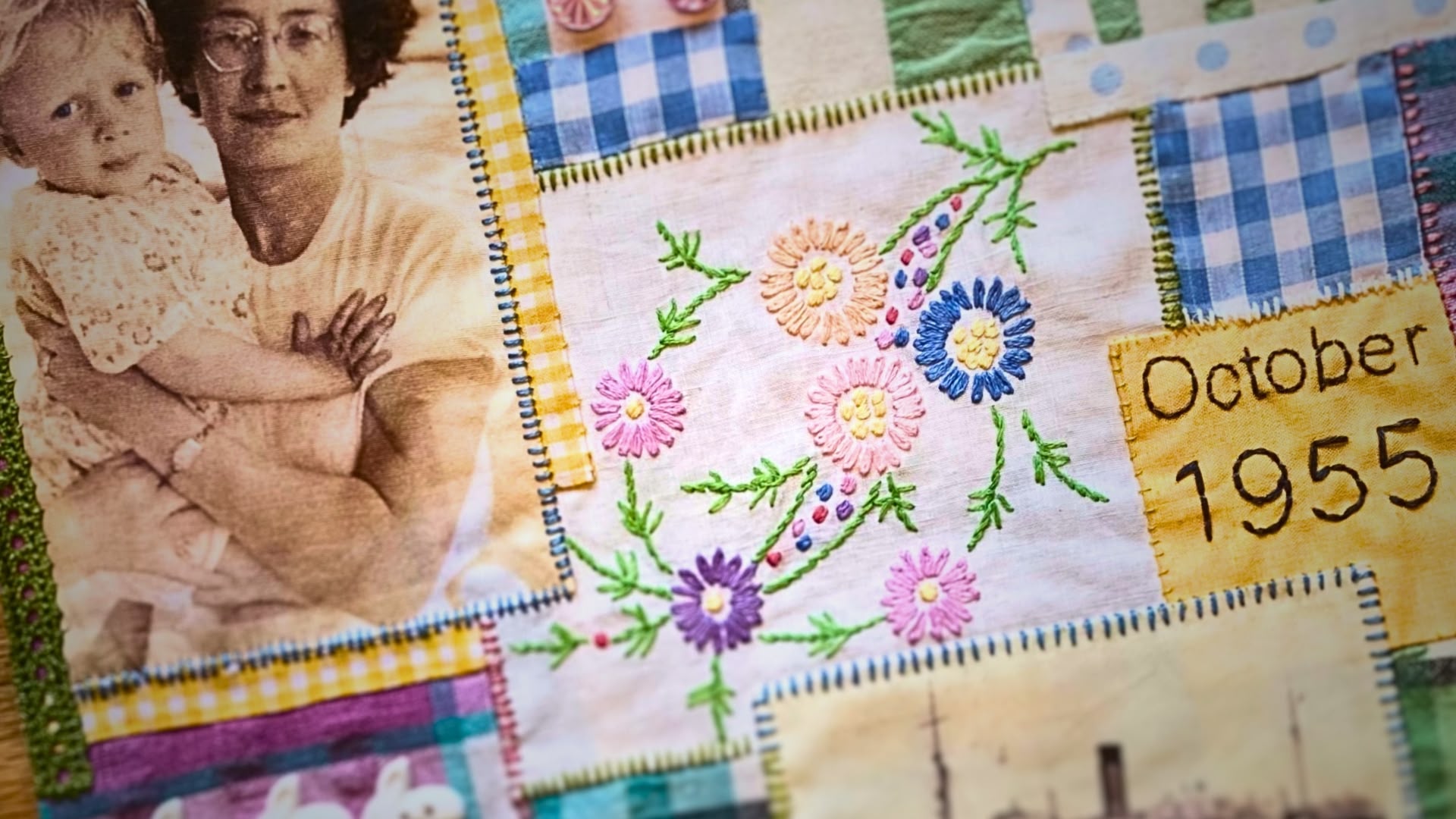
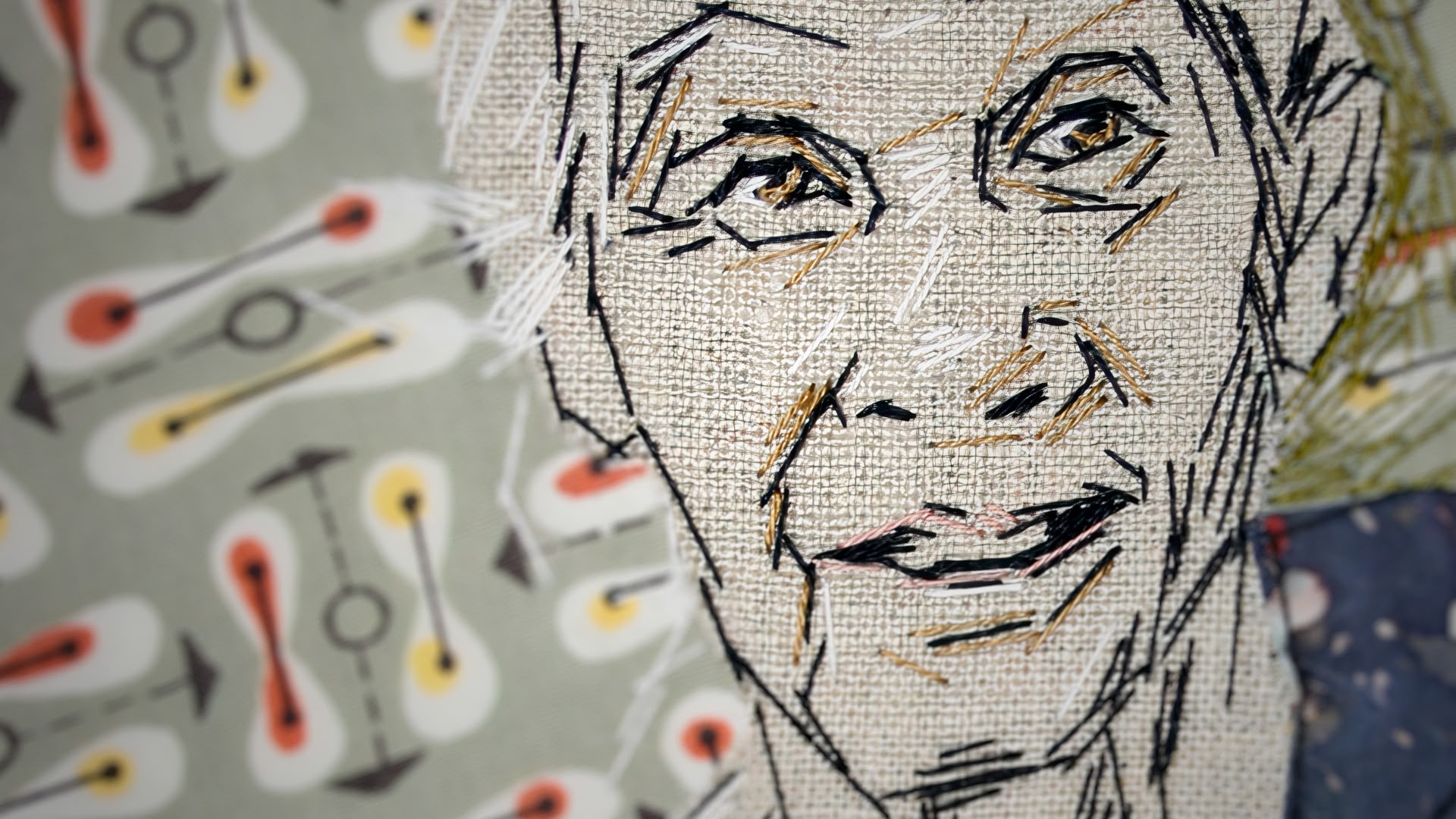
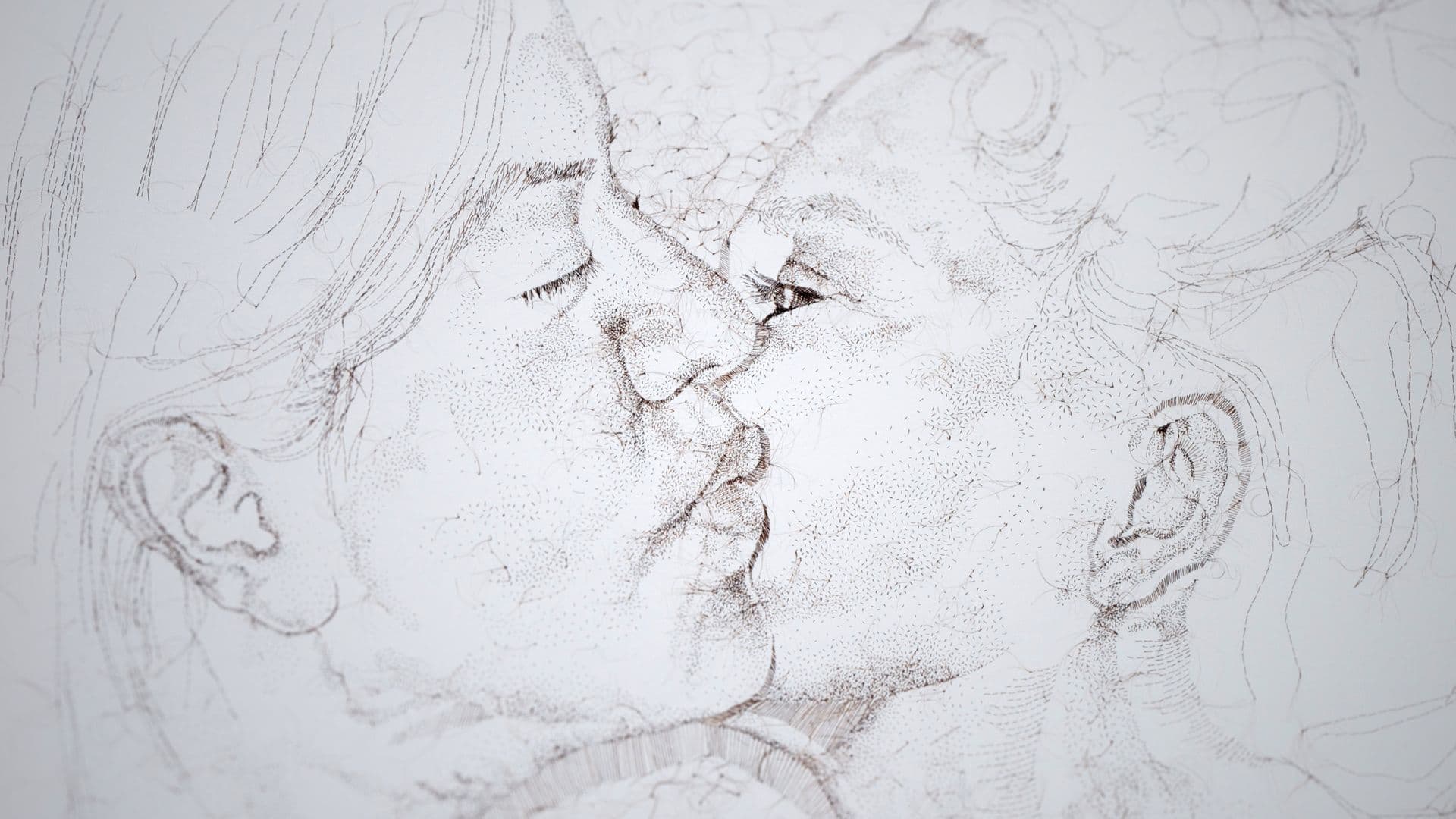
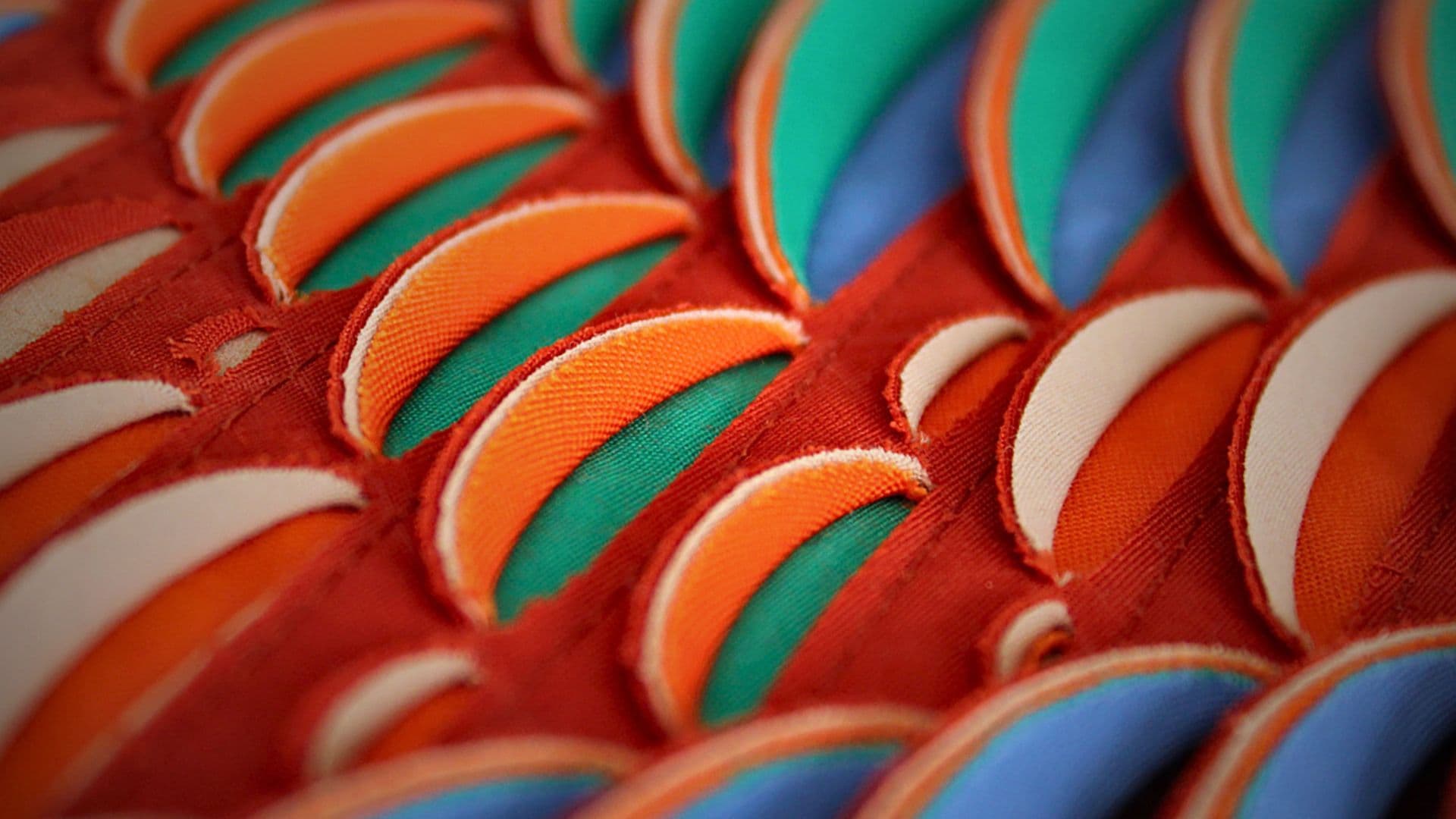

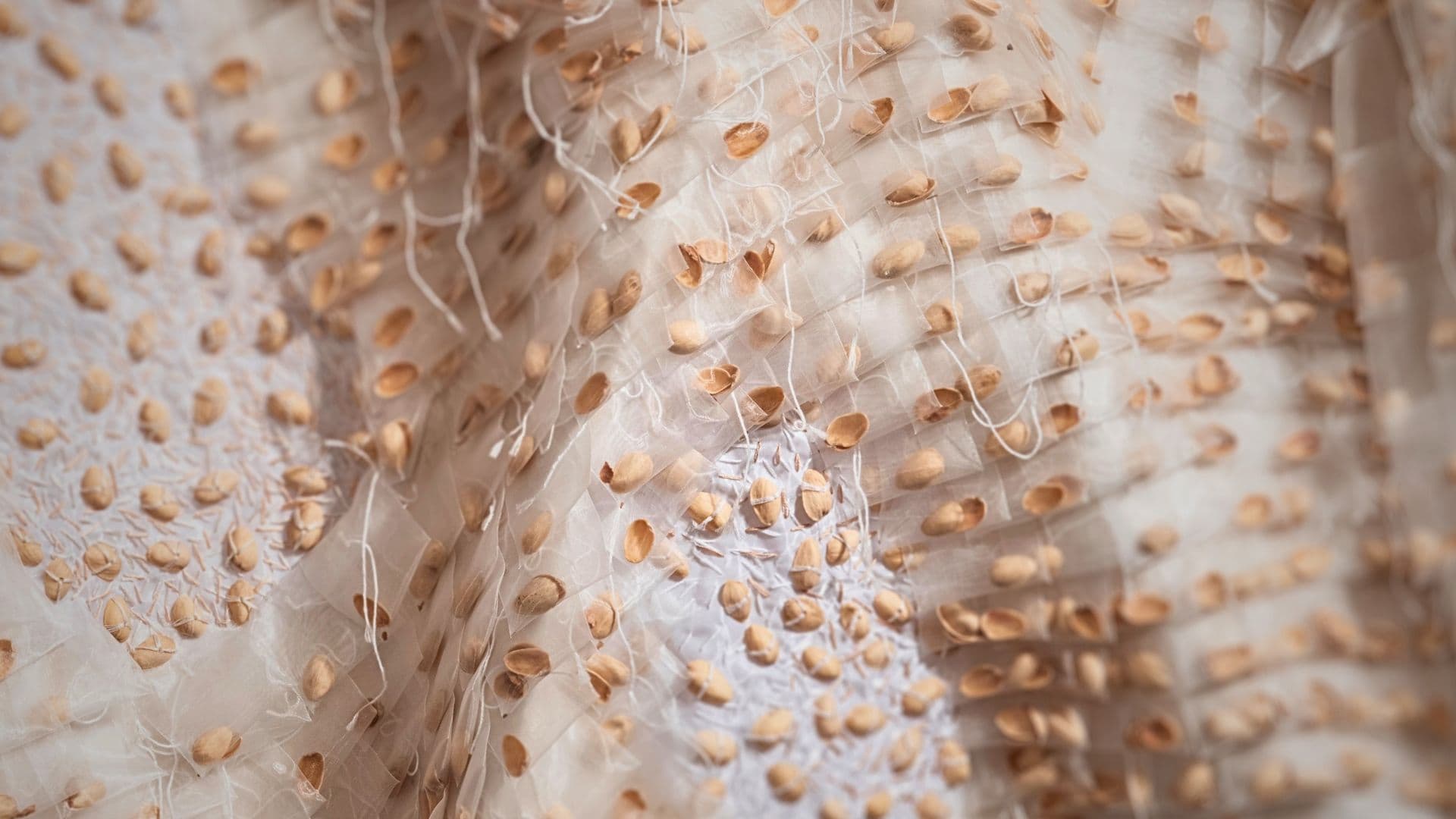
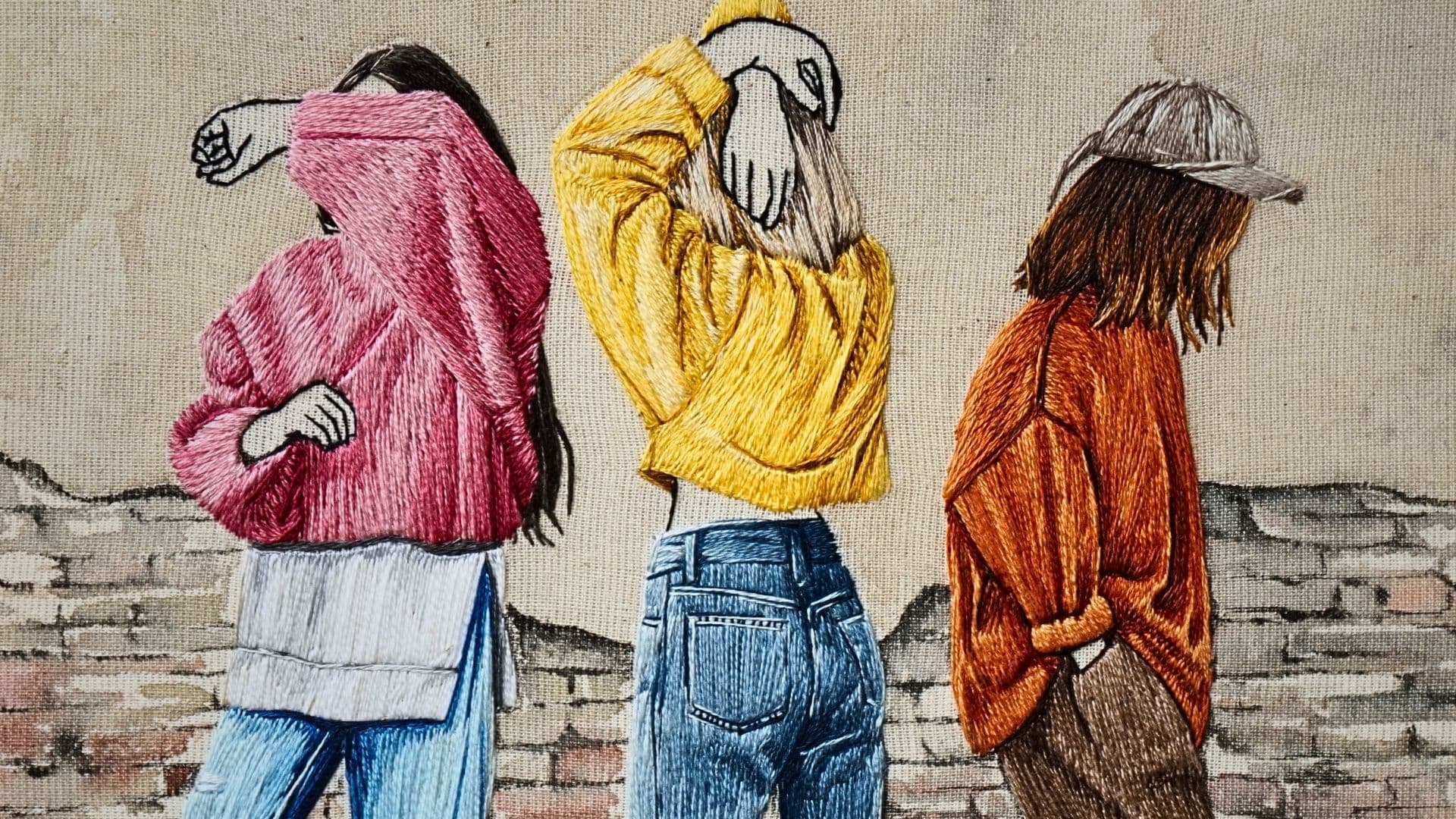
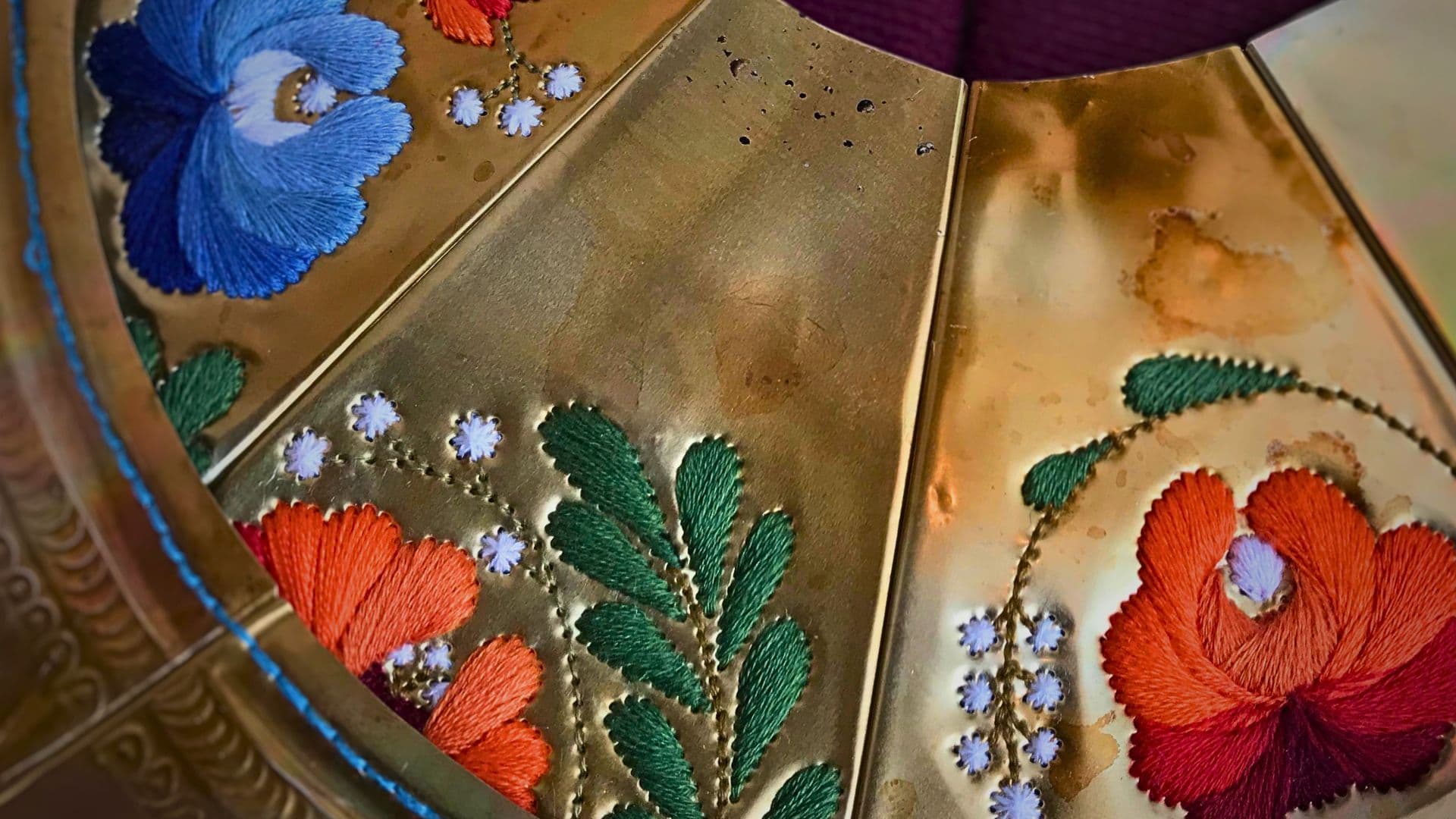
1 comment
Cynthia
I so resonated with this article about Mirjam. I am a textile artist as well, but I haven’t tried hand embroidery.
I have always resisted following the “rules” and find that feeling bound to the “rules “ hampers creativity.
Thank you for sharing this inspiring article!